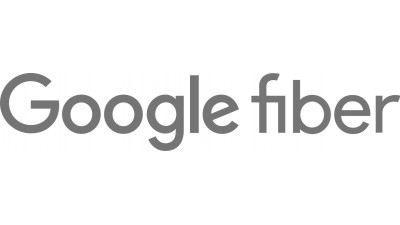Technology Will Radically Alter Multifamily. Here’s How.

The influence technology increasingly exerts on our physical landscape is undeniable. Stores eliminate checkout counters with tablets, ride-sharing apps reduce requisite parking lot size, offices get stunning new tech-enabled productivity suites, and pedestrians everywhere are using their phones.
The home is no exception, and may be the domain most radically altered in the next few years. New construction especially is integrating technology. Developers get to start from scratch, but property managers of older buildings are scrambling to retroactively add such features to compete.
We caught up with Rivergate KW Residential president Marcie Williams to learn about what changes are coming, when they will be implemented and why they are necessary.
Return On Investment Considerations May Stall Adoption

Williams does not think commercial real estate professionals have been slow to adopt new technology because they are resistant to change or ignorant of tech that could enhance their properties and streamline operations. She believes they are actually performing careful cost-benefit analyses. They are also contemplating whether a cheaper, better substitute will soon become available.
“Consider it ‘thoughtful adoption.’ For example, a light switch is $4, but a smart light switch costs $30,” Williams said. Whether the functionality and useful life warrant the switch is difficult to ascertain.
“Developers have to be cognizant that today’s technology could easily become yesterday’s old gadgets by the time the property is built,” Williams said. As for operations, only recently has the industry experienced the emergence of platforms and software tailored specifically to commercial real estate professionals’ needs.
Internet Speeds Accommodate Data-Demanding Devices

With data speeds of one gigabyte/second becoming the new norm, it is imperative that communities make this service available, Williams said.
“Residents want convenience and control when it comes to their apartment home — the convenience of getting what they want and the control of getting it when they want it,” she said.
Speed is necessary for residents who want to take advantage of the latest products like voice assistance, connected devices and streaming HD video. Added bandwidth ameliorates the burden of running multiple data-draining applications simultaneously.
Williams said that as these new technologies become more popular and commonplace, she expects even more innovative and data-demanding ones to take their place.
Tenants Receive More Deliveries And Property Managers Seek Innovative Solutions

E-commerce’s explosion has dramatically altered how people procure goods, increasing the number of packages property managers contend with on a daily basis.
“We are working with developers on re-creating mailrooms with package lockers, cold storage and dry cleaning lockers,” Williams said. “We’re also working with a developer to design a mailroom to accommodate deliveries from cold to hot and from large to small.”
Among her recommendations is a cold-storage room to handle food deliveries from providers like Hello Fresh and Greenblender. This represents a significant infrastructural expenditure. It is necessary, however, to keep the food quality and safety from being compromised. “The last thing we want is the inconvenience of receiving the delivery outweighing the convenience of the online order itself.”
She actually sees these rooms as an intermediate step. Services like drone delivery agitate to cut out the middleman and get goods to their destination even faster.
These developments will reshape properties. If, for example, drone delivery takes off, Williams said, “apartment communities will need to adapt and consider factors such as drop-off locations as well as factors like the amount of drones entering into the air space of the property.”
The Ubiquity Of Mobile Drives Change

The rapid change in the sophistication and functionality of smartphones has caused property managers to ensure their apps, mobile sites and overall e-image are polished, navigable and appealing.
“More than 80% of our prospects use a mobile device in their apartment search,” Williams said. “They can check availability, chat and ultimately lease from their phone.”
This streamlines the process and introduces a degree of casualness to something that traditionally required a lot of paperwork and deliberation. Residents can now often place a work order, reserve amenities and pay rent from their smartphone.
“It has allowed our residents the fulfill their desire to self-serve on their terms,” Williams said. And property managers and staff continue to leverage people’s affinity for mobile in creative new ways.
“Guests of Marriott hotels can utilize their cellphones to check in and retrieve a mobile key — this could be the future of resident move-ins.”
It is impossible to anticipate all the exciting ways tech will alter multifamily, but significant developments pertaining to internet, infrastructure and mobile are imminent.

